- Gen Z’s growing preference for real-life connections has led experts to predict dating apps will continue losing steam. In response, Tinder has launched new “Modes”—including Double Date and College Mode—that let users toggle between different match types, aiming to appeal to younger users. Early data shows these new features are increasing engagement, but skepticism remains about whether these innovations can truly revive dating apps.
Gen Z and dating experts have proclaimed traditional dating apps are doomed. But Tinder is courting the next generation by introducing new “modes” focused on double dating and connecting college students.
On Wednesday, Tinder introduced three new modes for users: a For You Mode, a Double Date Mode, and a College Mode. These each allow users to toggle between different match types based on what they’re looking for on any given day. The For You Mode lets users see all available matches based on a user’s preferences, while Double Date Mode allows users to pair up with a friend to find other match pairs. College Mode narrows down matches to other surrounding users who are also in college.
Modes was built to accommodate changing needs and desires, based on feedback from its Gen Z users, and changes in the dating industry at large, Cleo Long, Tinder’s senior director of global product marketing, told Fortune.
“A lot of our focus is really around drawing inspiration from Gen Z and what feels authentic and organic to them,” Long said. “The evolution of Modes is drawing off of that need from Gen Z to have more flexibility and be able to sort of float in and out of different states. The idea here is really around helping our users have the power to control what they’re looking for in a given moment and be able to find that more easily.”

Tinder had previously launched the double-dating feature and TinderU (dedicated to college students), but Modes allow for users to have a more dedicated space to browse matches.
In Double Date mode, users can pair up with a friend to match with other pairs, which Tinder argues lessens the pressure to meet new people and makes it easier to connect with users looking for the same type of match. And it’s seemingly working: Engagement among Double Date users (prior to the Modes launch) were sending nearly 25% more messages per match than one-on-one chats, and nearly 15% of users who accepted a Double Date invite were either new to Tinder or recently reactivated their account. In other words, double dating is pulling Gen Z to Tinder—or bringing them back. Double Dating has been a winning feature with Gen Z and young millennials, with 85% of its current users between the ages of 18 and 29.
“This is resonating with people in that they want to go on this journey with the friend,” Long said. “They want that little bit of extra psychological safety there along with them, by having a friend at your side while you’re connecting with other people.” Similarly, College Mode offers more “reassurance” to users in making what can feel like a big group of people feel closer, she added.
Breathing new life into dating for Gen Z
A recent Forbes survey found more than 75% of Gen Z respondents felt burnt out using dating apps like Hinge, Tinder, and Bumble because they didn’t feel as if they could find a genuine connection with someone despite how much time they spent on the apps.
Match Group and other dating-app companies had been struggling for a while following a boom in the early 2020s. But Match Group shares popped in early August on the news that the company had issued an upbeat guidance between $910 million and $920 million in the current quarter, beating a $890 million estimate from analysts.
“We are operating like a company that is just getting started, and we believe the best chapters of the category and company are still ahead,” CEO Spencer Rascoff said during the earnings call. “We are moving with urgency, we are obsessed with the product and we are building for the long term.”
That’s after Rascoff had admitted in a letter on LinkedIn posted in March saying today’s dating apps had started to like a numbers game that leaves “people with the false impression that we prioritize metrics over experience.”
Modes, on the other hand, is the company’s latest attempt to meet Gen Z where they are. But others remain wary of whether dating apps will make the comeback they’re hoping for, given Gen Z’spreference for making real-life connections.
“[Dating apps] can try to come up with more ways to [allow] people to assess chemistry,” Ilana Dunn, a dating coach and host of the Seeing Other People podcast, told Fortune. “But unless they are really pushing people to meet in real life by maybe creating more in-person activations and events where people can assess, ‘Oh, is there a vibe here?’ I don’t know that they will make the comeback to being as big as they once were.”
This story was originally featured on Fortune.com

 3 hours ago
1
3 hours ago
1

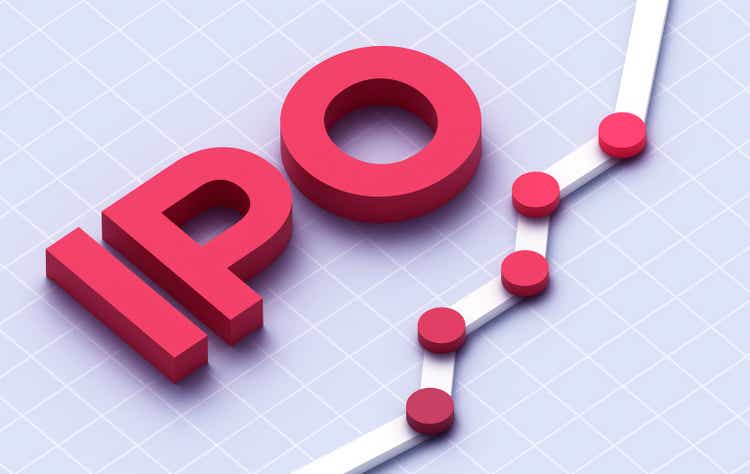
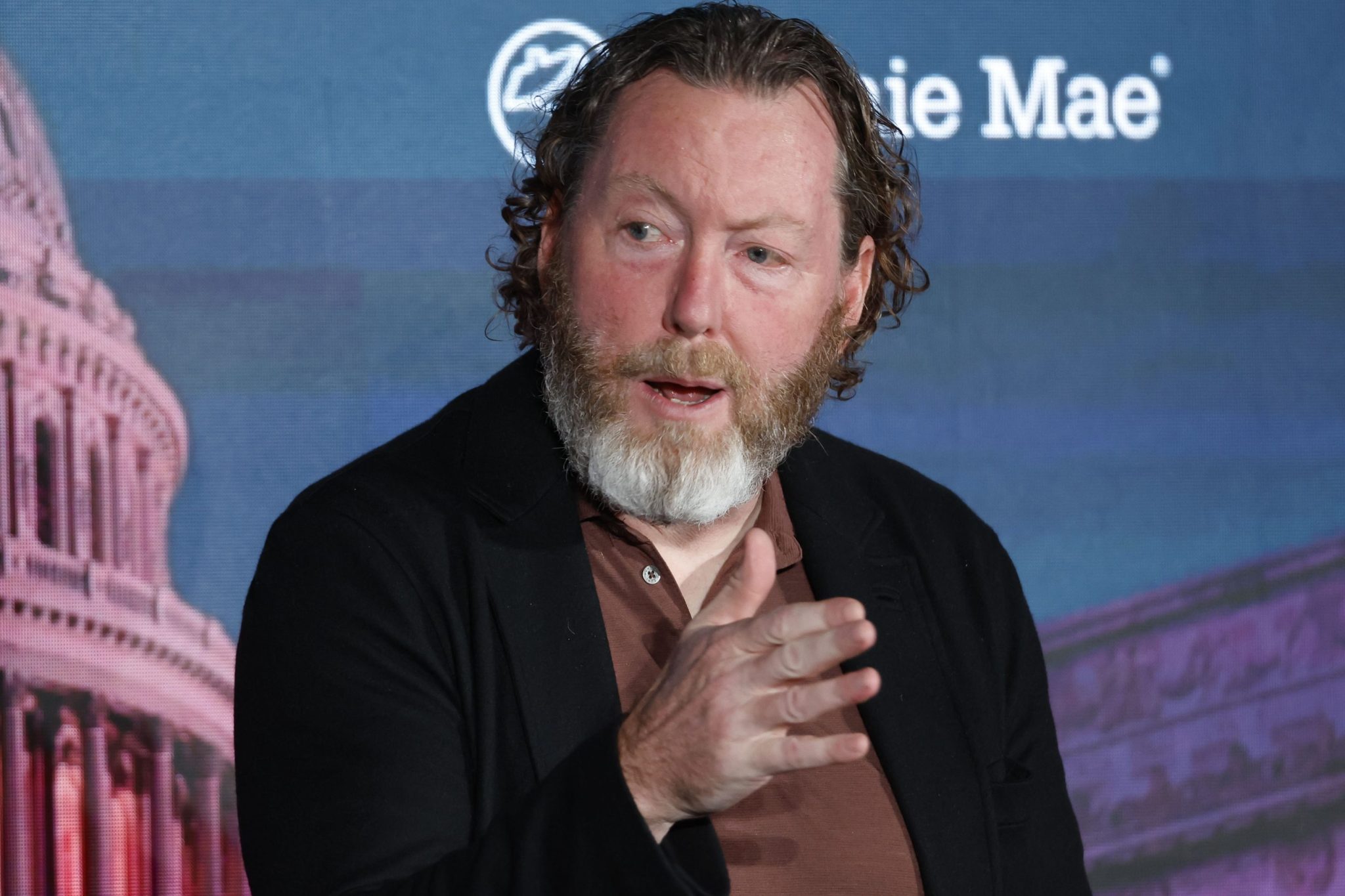

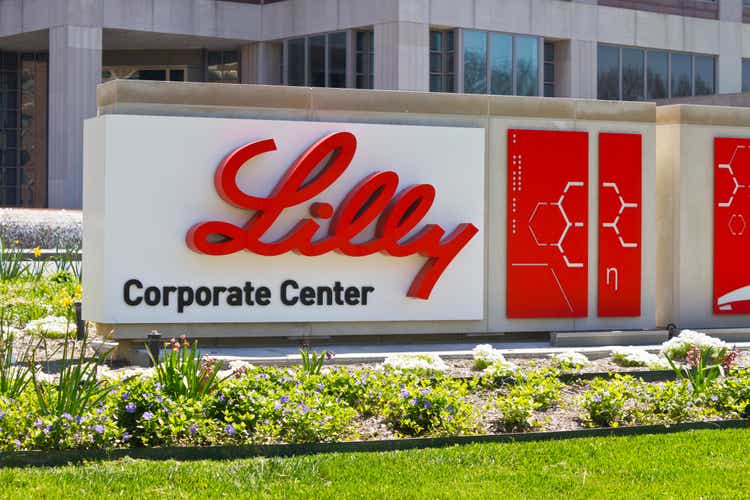
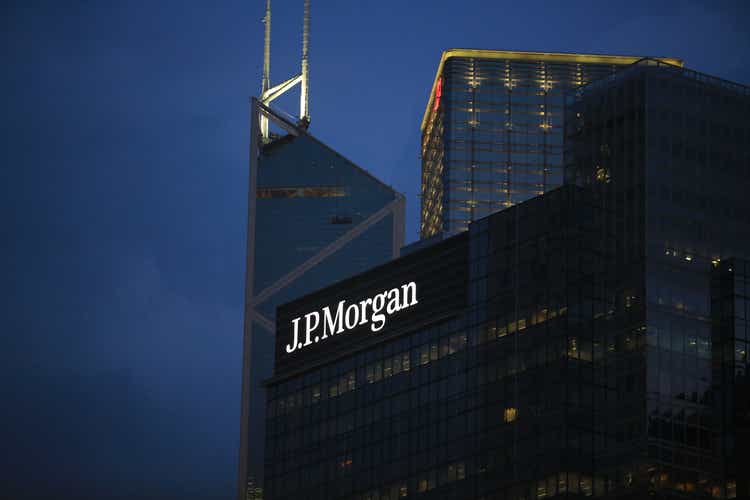
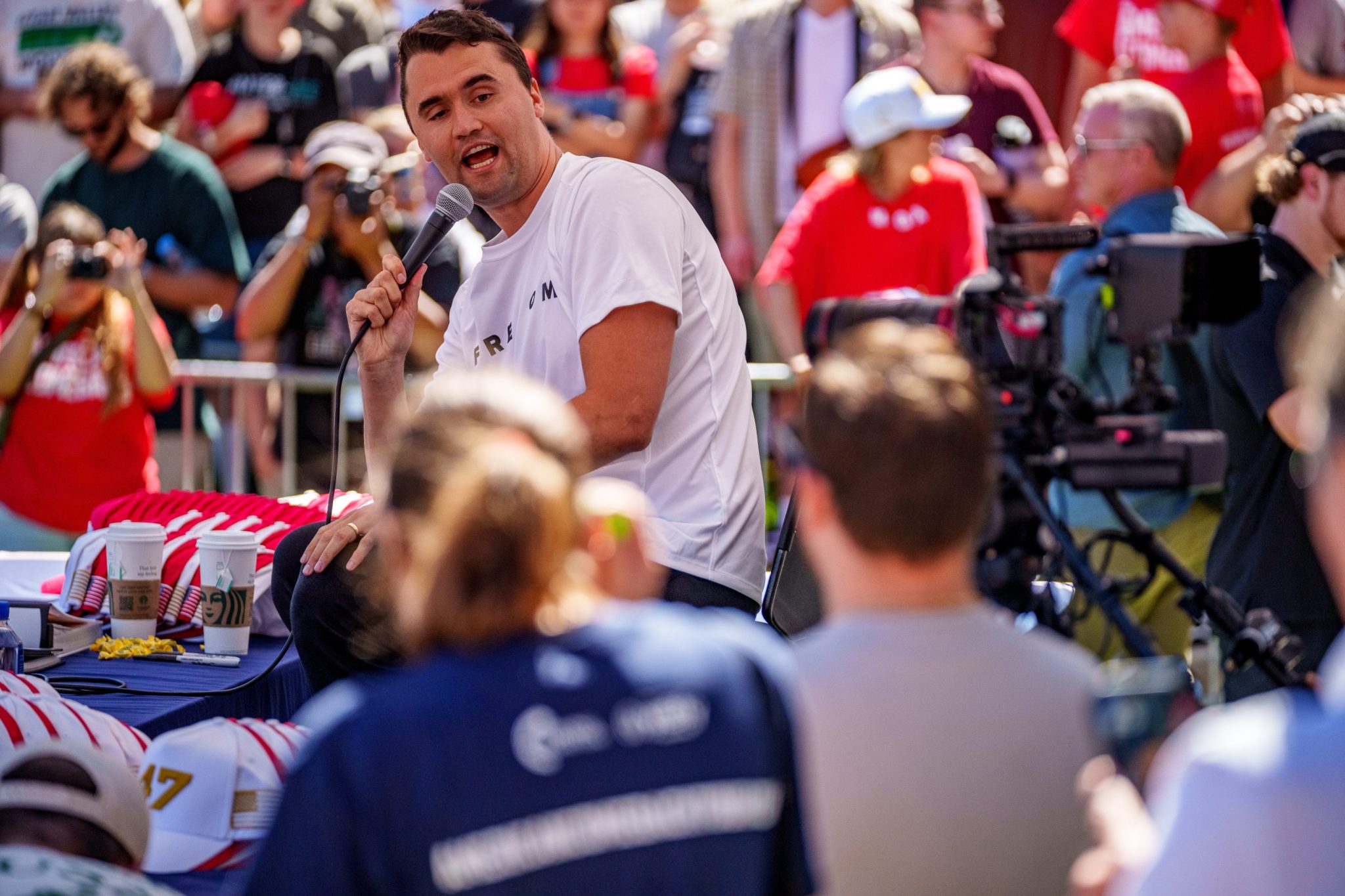


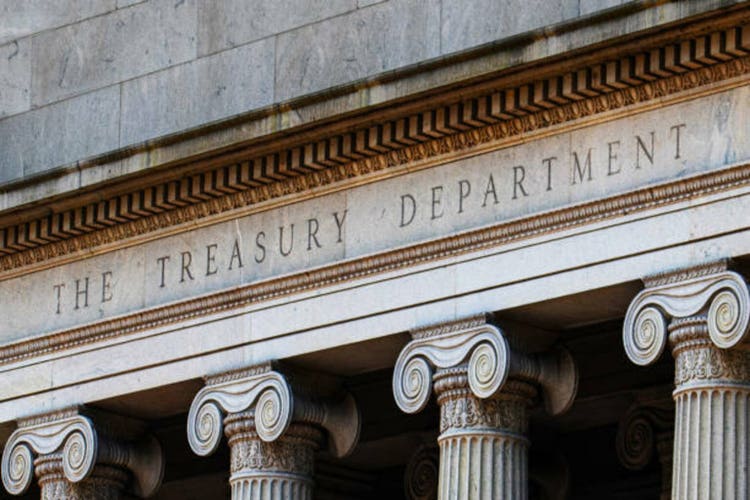


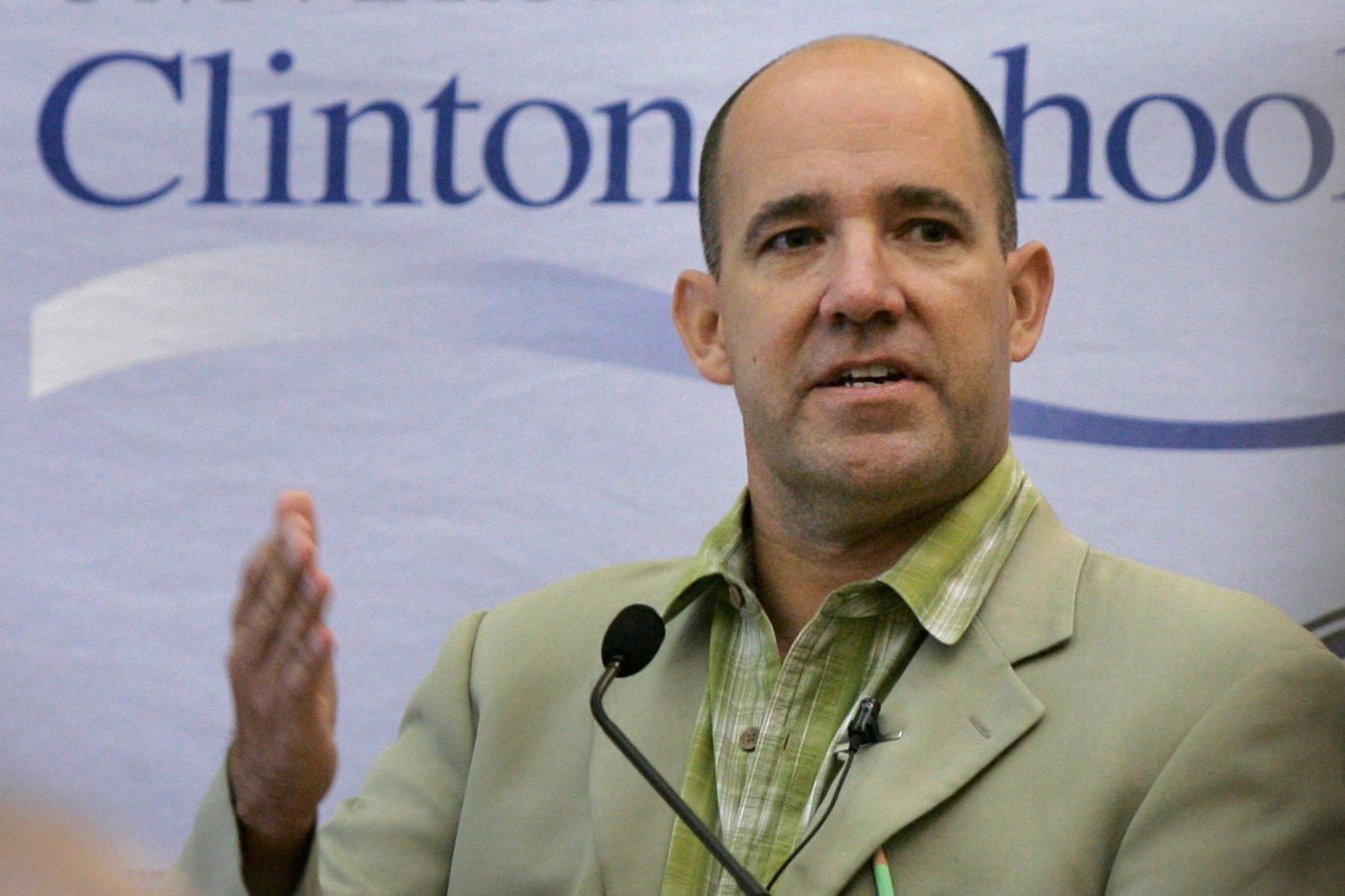

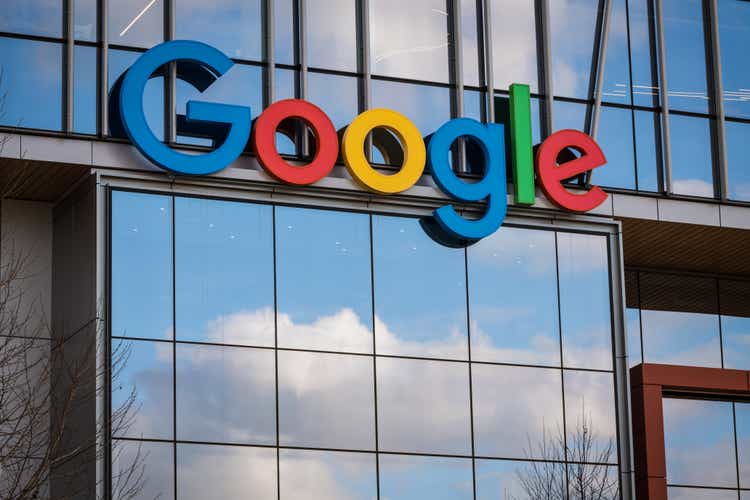
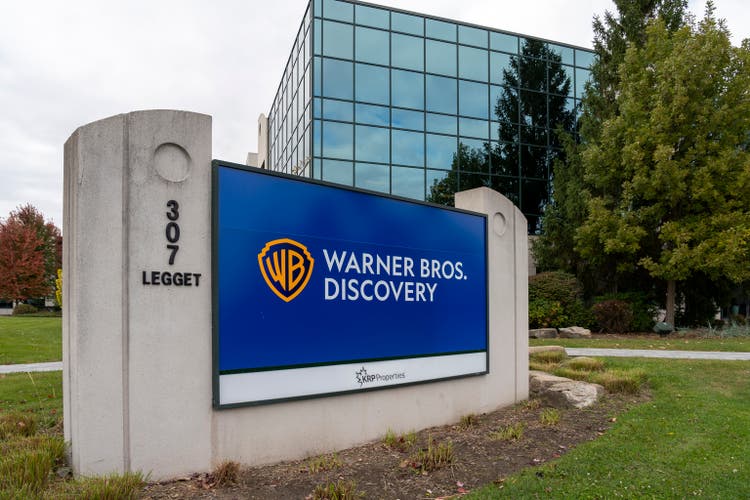

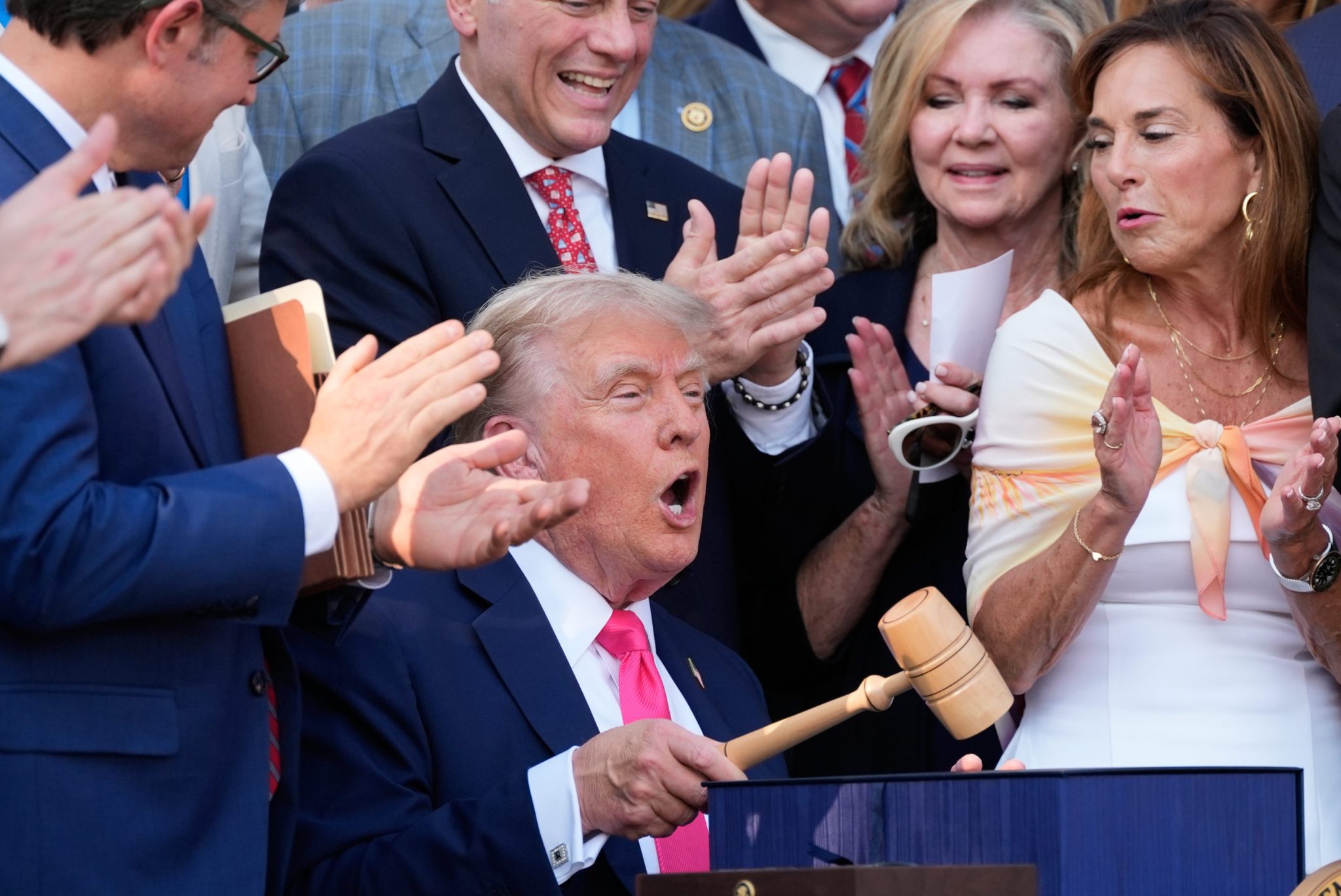



 English (US) ·
English (US) ·